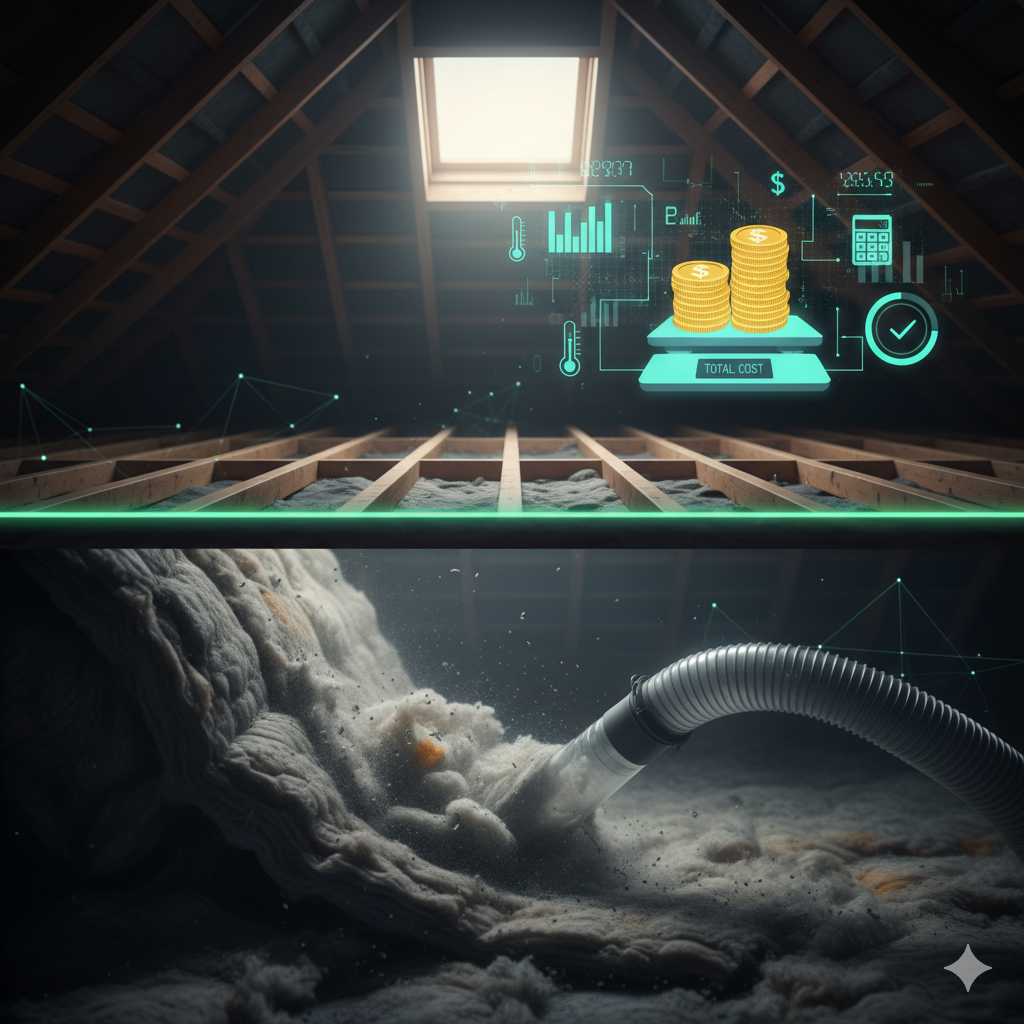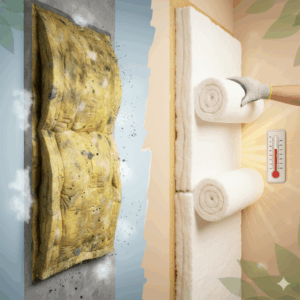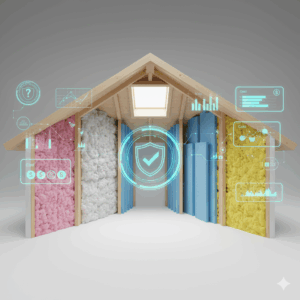Attic insulation removal is an essential step for homeowners planning to upgrade or replace old insulation. Over time, insulation materials can become damaged, contaminated, or less effective, reducing energy efficiency and indoor comfort. Understanding the cost implications of removing insulation is crucial for budgeting and planning a successful home improvement project. Professional insulation contractors ensure safe, efficient, and compliant removal, preventing potential health risks associated with exposure to dust, fibers, or mold.
Homeowners considering home insulation services can benefit from professional assessments before removal. These services evaluate the current state of insulation, identify areas of concern, and provide guidance on the most cost-effective replacement solutions. Accurate cost estimation at this stage ensures a smooth transition from removal to installation and minimizes unforeseen expenses.
How Much Does Attic Insulation Removal Cost?
The cost to remove insulation depends on several factors, including the type of insulation, size, contamination level, and labor rates in the homeowner’s region. Fiberglass batts, blown-in cellulose, spray foam, and mineral wool all have different removal complexities and associated costs. Older insulation may also contain asbestos or mold, which requires specialized handling, increasing overall expenses. Understanding these cost drivers helps homeowners plan for a safe and efficient removal process.
Homeowners seeking guidance on material selection and installation after removal can refer to Types Of Attic Insulation Materials for detailed comparisons.
Signs You Need to Remove Your Attic Insulation
Several indicators suggest that attic insulation may need replacement:
- Moisture or water damage leading to mold or mildew growth.
- Settled, compressed, or uneven insulation reducing effectiveness.
- Evidence of pests or rodent activity within the attic.
- Outdated insulation materials that no longer meet modern R-value standards.
Before starting removal, it’s helpful to check Does My Attic Have Enough Insulation? to evaluate whether current insulation levels are adequate or if a full replacement is warranted.
Common Types of Attic Insulation and Their Removal Considerations
Attic insulation comes in various forms, and each has unique removal challenges:
- Fiberglass Batt Insulation: Relatively easy to remove manually, but can release fibers into the air, requiring protective equipment.
- Blown-In Cellulose Insulation: Requires vacuuming equipment to efficiently remove loose-fill material.
- Spray Foam Insulation: Removal is labor-intensive and often needs specialized tools or chemical solutions.
- Mineral Wool Insulation: Dense and heavy, requiring careful handling to avoid contamination or injury.
Homeowners can also review Pros & Cons Of Attic Insulations to understand the benefits and drawbacks of different materials for energy efficiency and long-term comfort.
DIY vs. Professional Attic Insulation Removal
While some homeowners attempt DIY removal for fiberglass or cellulose insulation, professional services are highly recommended for safety and efficiency. Certified insulation contractors have the proper equipment, protective gear, and expertise to remove insulation safely and comply with local building codes. Professionals also handle disposal in accordance with environmental regulations, reducing liability and potential health risks.
For installation guidance after removal, consulting Blown-in Insulation vs. Batt Insulation: Pros and Cons helps homeowners make informed decisions based on material and method.
Cost Considerations and Material Selection
Attic insulation removal costs vary by material type, size, and labor requirements. Spray foam and mineral wool often incur higher labor costs due to complexity, while fiberglass batts and cellulose are generally easier to remove. Homeowners should also consider future installation costs and overall energy savings. For accurate budgeting, What is the Costs of Attic Insulation provides detailed insights on removal, replacement, and total project costs.
Average Attic Insulation Removal Costs by Material
| Insulation Material | Cost per Sq Ft | Notes on Removal |
| Fiberglass Batt | $0.50–$1.50 | Can be manually removed, wear PPE |
| Blown-In Cellulose | $1.00–$2.50 | Requires vacuuming equipment |
| Spray Foam | $2.00–$5.00 | Labor-intensive, professional tools required |
| Mineral Wool | $1.50–$3.00 | Dense, heavy, requires careful handling |
Preparing Your Attic for Removal
Proper preparation ensures a safer and more efficient removal process. Homeowners should clear attic spaces, protect HVAC vents, and seal off living areas to prevent dust and debris migration. Professionals often use containment systems, negative pressure machines, and personal protective equipment to maintain safety standards. Preparing adequately can reduce cleanup time and prevent damage to existing attic structures.
For planning how much insulation to install after removal, How Much Attic Insulation Do I Need? helps homeowners determine optimal depth and performance.
Long-Term Benefits of Proper Attic Insulation Replacement
Replacing old insulation after removal improves energy efficiency, reduces heating and cooling costs, and enhances indoor comfort. Properly installed insulation also minimizes moisture intrusion, prevents mold growth, and extends the life of HVAC systems. Homeowners can refer to When Does Attic Insulation Need To Be Replaced? to understand when older insulation may no longer perform efficiently and should be replaced.
Maintenance and Ongoing Considerations
Regular inspection after removal and installation helps maintain insulation performance. Checking for moisture, settling, or damage ensures energy efficiency is sustained. Partnering with a professional attic insulation company guarantees that insulation remains effective, safe, and compliant with building standards over time.
Conclusion
Attic insulation removal is a critical step for homeowners seeking energy efficiency, indoor comfort, and long-term home protection. Material type, attic size, contamination level, and professional labor rates all influence removal costs. Engaging a certified attic insulation company ensures safe, compliant, and efficient removal while preparing the home for high-performance replacement. For trusted attic insulation services, guidance, and expert installation, homeowners can rely on Guardian Home Energy for comprehensive solutions.
FAQs
How much does it cost to remove attic insulation?
Costs vary by material, attic size, contamination, and labor rates; typical ranges are $0.50–$5.00 per sq ft.
Do I need to remove old insulation before installing new insulation?
Yes, removal is recommended if insulation is damaged, contaminated, or insufficient.
Can I remove attic insulation myself?
DIY is possible for some materials, but professional services ensure safety, proper disposal, and efficiency.
What types of insulation are hardest to remove?
Spray foam and mineral wool are labor-intensive and typically require professional removal.
How often should attic insulation be replaced?
Depending on material and condition, replacement is usually necessary every 15–30 years or sooner if damaged.





